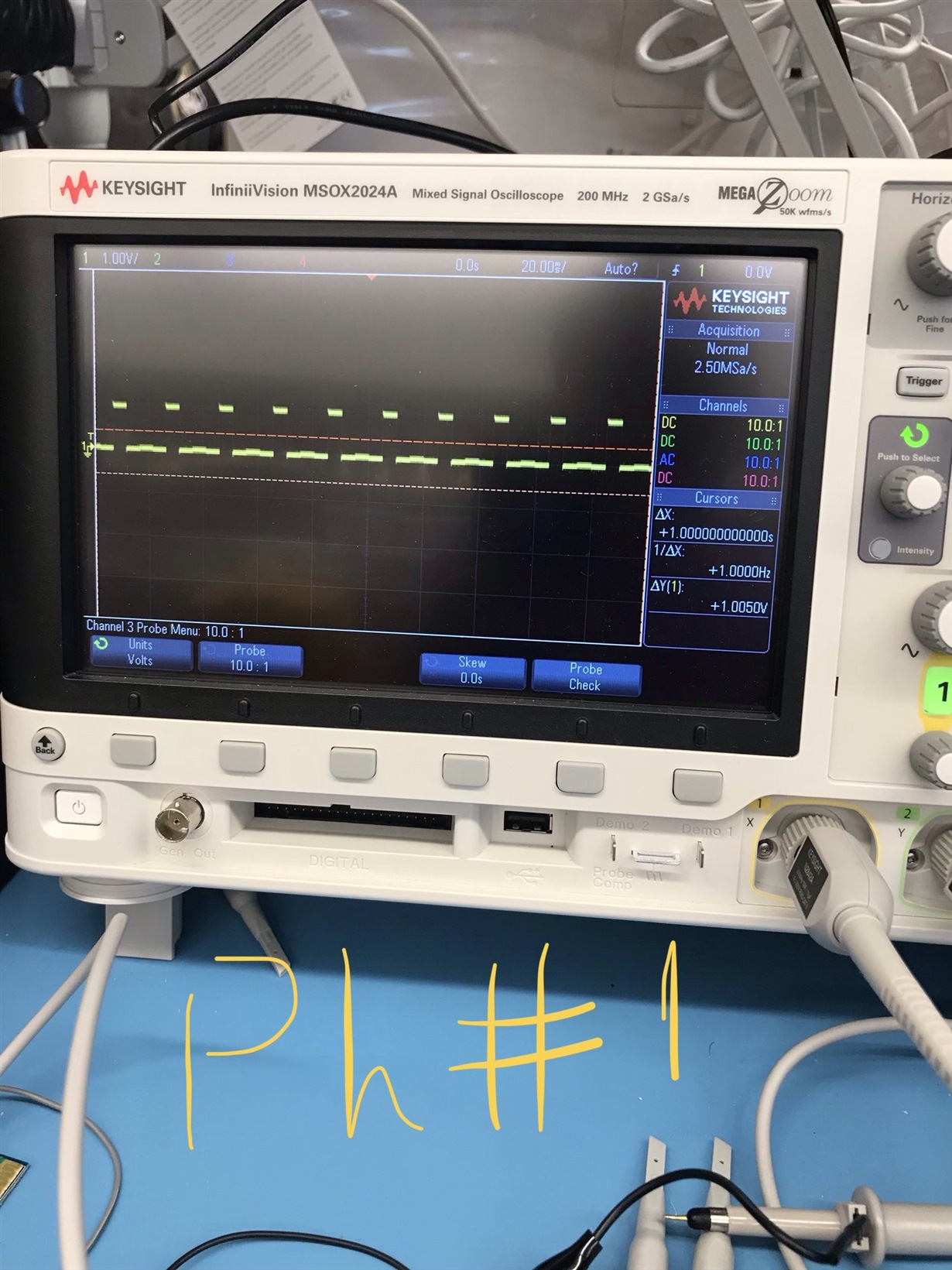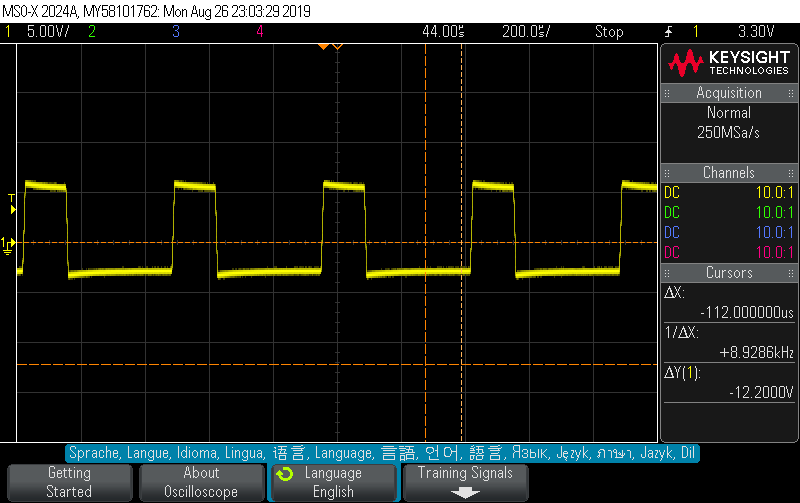Other Parts Discussed in Thread: TLV2371
Hello,
I use TLV27L1 OpAmp in my circuit. I feed inverting and non inverting inputs with square waves. But as an output, I did not get biphasic signal. Output of the opamp is just an monophasic sqaure waves. Do you have any idea why I miss negative phase of the signal?










